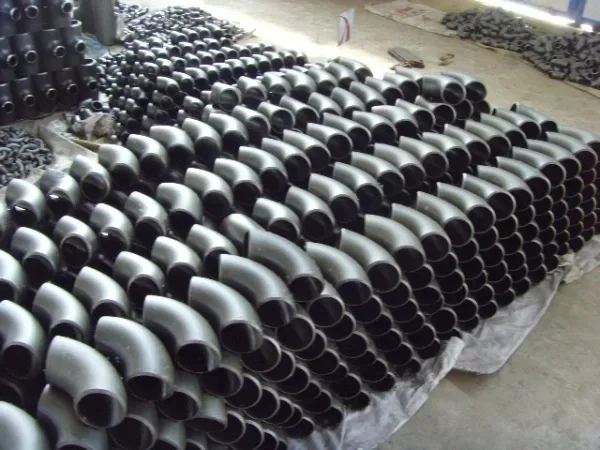The Different Types of Steel Pipe Fittings
Steel pipe fittings are crucial components in any piping system, as they are responsible for connecting and controlling the flow of fluids or gases. These fittings come in various shapes, sizes, and materials, but steel pipe fittings are the most commonly used due to their durability, strength, and resistance to corrosion.
In this article, we will discuss the different types of steel pipe fittings, their uses, and their applications in various industries.

1. Elbows
Elbows are the most common type of steel pipe fittings, and they are used to change the direction of the pipe. They come in different angles, such as 45 degrees, 90 degrees, and 180 degrees, and they are used to connect two pipes at an angle.
Elbows are commonly used in plumbing, HVAC, and industrial applications, where pipes need to be routed around obstacles or corners.
2. Tees
Tees are another type of steel pipe fittings that are used to connect three pipes at a right angle. They come in different sizes and shapes, such as equal tees, reduced tees, and barred tees.
Equal tees are used when all three pipes are of the same size while reducing tees are used when one pipe is smaller than the other two. Barred tees are used when one pipe needs to be connected to two other pipes at different angles.
Tees are commonly used in plumbing, HVAC, and industrial applications, where pipes need to be split into multiple directions.
3. Reducers
Reducers are steel pipe fittings that are used to connect two pipes of different sizes. They come in two types: concentric reducers and eccentric reducers.
Concentric reducers are used when the pipes are of different sizes but have the same centerline, while eccentric reducers are used when the pipes are of different sizes and have different centerlines.
Reducers are commonly used in plumbing, HVAC, and industrial applications, where pipes of different sizes need to be connected.
4. Flanges
Flanges are steel pipe fittings that are used to connect pipes, valves, pumps, and other equipment. They come in different shapes, sizes, and materials, and they are used to create a tight seal between two components.
Flanges are commonly used in industrial applications, such as oil and gas, chemical processing, and power generation, where high-pressure and high-temperature environments require a secure connection.
In conclusion, steel pipe fittings are essential components in any piping system, and they come in various shapes, sizes, and materials. Elbows, tees, reducers, and flanges are the most common types of steel pipe fittings, and they are used in plumbing, HVAC, and industrial applications. Understanding the different types of steel pipe fittings and their uses can help you choose the right fittings for your piping system.
Fasteners In Steel Accessories
Variety Types of Bolts And Nuts






